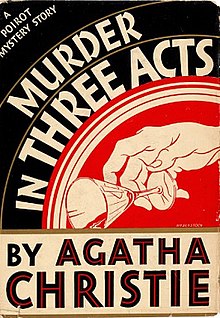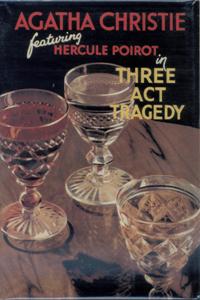
Cards on the Table is a detective fiction novel by the English author Agatha Christie, first published in the UK by the Collins Crime Club on 2 November 1936 and in the US by Dodd, Mead and Company the following year. The UK edition retailed at seven shillings and sixpence (7/6) and the US edition at $2.00.

Death in the Clouds is a work of detective fiction by British writer Agatha Christie, published in 1935. It features the Belgian detective Hercule Poirot and Chief Inspector Japp. It is a "closed circle" murder mystery: the victim is a passenger on a cross-Channel aircraft flight, and the perpetrator can only be one of eleven fellow-passengers and crew.

The Mysterious Affair at Styles is the first detective novel by British writer Agatha Christie, introducing her fictional detective Hercule Poirot. It was written in the middle of the First World War, in 1916, and first published by John Lane in the United States in October 1920 and in the United Kingdom by The Bodley Head on 21 January 1921.
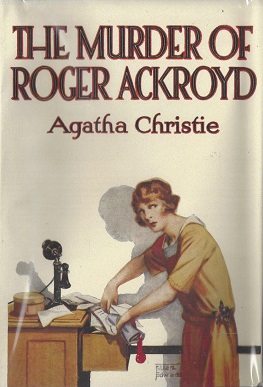
The Murder of Roger Ackroyd is a detective novel by the British writer Agatha Christie, her third to feature Hercule Poirot as the lead detective. The novel was published in the UK in June 1926 by William Collins, Sons, having previously been serialised as Who Killed Ackroyd? between July and September 1925 in the London Evening News. An American edition by Dodd, Mead and Company followed in 1926.

The A.B.C. Murders is a work of detective fiction by British writer Agatha Christie, featuring her characters Hercule Poirot, Arthur Hastings and Chief Inspector Japp, as they contend with a series of killings by a mysterious murderer known only as "A.B.C.". The book was first published in the UK by the Collins Crime Club on 6 January 1936, sold for seven shillings and sixpence (7/6) while a US edition, published by Dodd, Mead and Company on 14 February of the same year, was priced $2.00.
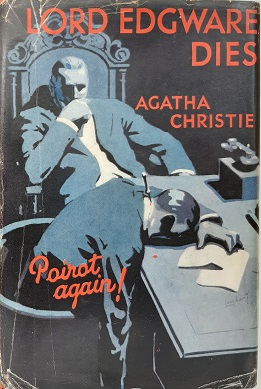
Lord Edgware Dies is a work of detective fiction by British writer Agatha Christie, published in the UK by the Collins Crime Club in September 1933 and in the US by Dodd, Mead and Company later in the same year under the title of Thirteen at Dinner. Before its book publication, the novel was serialised in six issues of The American Magazine as 13 For Dinner.
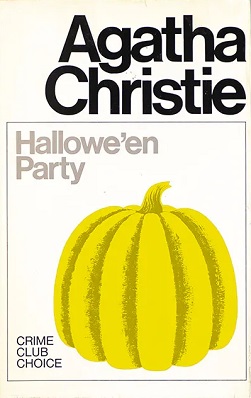
Hallowe'en Party is a work of detective fiction by English writer Agatha Christie, first published in the United Kingdom by the Collins Crime Club in November 1969 and in the United States by Dodd, Mead and Company later in the same year. This book was dedicated to writer P. G. Wodehouse. It has been adapted for television, radio, and most recently for the film A Haunting in Venice (2023).

Evil Under the Sun is a work of detective fiction by British writer Agatha Christie, first published in the UK by the Collins Crime Club in June 1941 and in the US by Dodd, Mead and Company in October of the same year. The UK edition retailed at seven shillings and sixpence (7/6) and the US edition at $2.00.
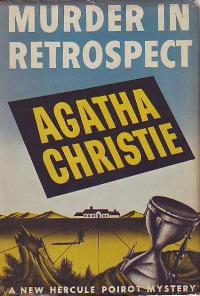
Five Little Pigs is a work of detective fiction by British writer Agatha Christie, first published in the US by Dodd, Mead and Company in May 1942 under the title Murder in Retrospect and in the UK by the Collins Crime Club in January 1943. The UK first edition carries a copyright date of 1942 and retailed at eight shillings while the US edition was priced at $2.00.

Curtain: Poirot's Last Case is a work of detective fiction by British writer Agatha Christie, first published in the UK by the Collins Crime Club in September 1975 and in the US by Dodd, Mead and Company later in the same year, selling for $7.95.

Dead Man's Folly is a work of detective fiction by Agatha Christie, first published in the US by Dodd, Mead and Company in October 1956 and in the UK by the Collins Crime Club on 5 November of the same year. The US edition retailed at $2.95 and the UK edition at twelve shillings and sixpence (12/6). It features Hercule Poirot and Ariadne Oliver.

Appointment with Death is a work of detective fiction by British writer Agatha Christie, first published in the UK by the Collins Crime Club on 2 May 1938 and in the US by Dodd, Mead and Company later in the same year. The UK edition retailed at seven shillings and sixpence (7/6) and the US edition at $2.00.
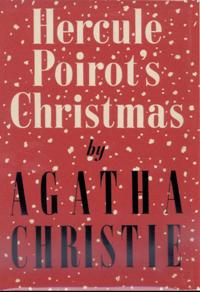
Hercule Poirot's Christmas is a work of detective fiction by British writer Agatha Christie, first published in the UK by the Collins Crime Club on 19 December 1938. It retailed at seven shillings and sixpence (7/6).
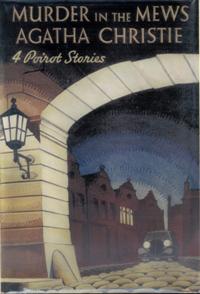
Murder in the Mews and Other Stories is a short story collection by British writer Agatha Christie, first published in the UK by Collins Crime Club on 15 March 1937. In the US, the book was published by Dodd, Mead and Company under the title Dead Man's Mirror in June 1937 with one story missing ; the 1987 Berkeley Books edition of the same title has all four stories. All of the tales feature Hercule Poirot. The UK edition retailed at seven shillings and sixpence (7/6) and the first US edition at $2.00.

Three Blind Mice and Other Stories is a collection of short stories written by Agatha Christie, first published in the US by Dodd, Mead and Company in 1950. The first edition retailed at $2.50.

The Alphabet Murders is a 1965 British detective film directed by Frank Tashlin and starring Tony Randall as Hercule Poirot. It is based on the 1936 novel The A.B.C. Murders by Agatha Christie.

Black Coffee is a play by the British crime-fiction author Agatha Christie (1890–1976) which was produced initially in 1930. The first piece that Christie wrote for the stage, it launched a successful second career for her as a playwright. In the play, a scientist discovers that someone in his household has stolen the formula for an explosive. The scientist calls Hercule Poirot to investigate, but is murdered just as Poirot arrives with Hastings and Inspector Japp.
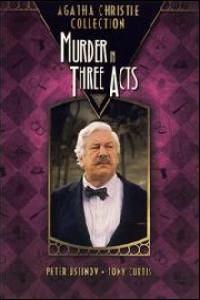
Murder in Three Acts is a British-American made-for-television mystery film of 1986 produced by Warner Bros. Television, featuring Peter Ustinov as Agatha Christie's detective Hercule Poirot. Directed by Gary Nelson, it co-starred Jonathan Cecil as Hastings, Tony Curtis, and Emma Samms.
Lists of adaptations of the works of Agatha Christie:
Hercule Poirot is a series of full cast BBC Radio drama adaptations of Agatha Christie's Hercule Poirot novels and short stories adapted by Michael Bakewell, broadcast on BBC Radio 4 between 1985 and 2007. With the exception of the first two adaptations, the series stars John Moffatt as Poirot.
